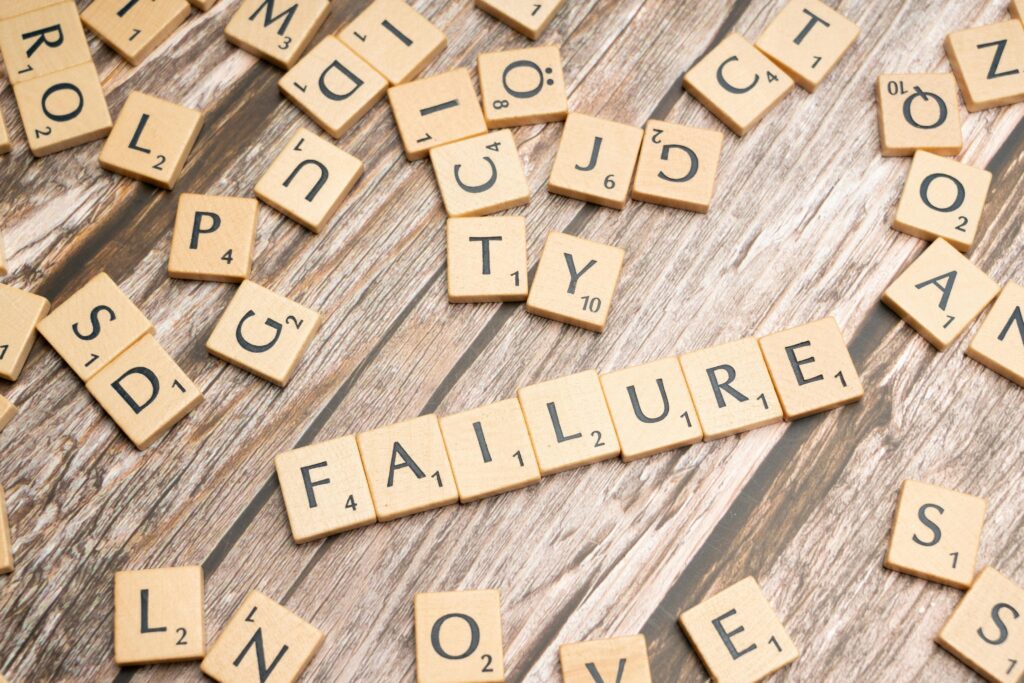Introduction
Life is full of challenges, and how we respond to them shapes our path forward. For some, setbacks and struggles lead to reflection and growth, while others may adopt a victim mindset—a way of thinking where responsibility is avoided and blame is placed on external circumstances.
Understanding the victim mindset is crucial, whether you’re addressing it in yourself or helping someone close to you. This article explores what the victim mindset is, why it develops, its impact on life and relationships, and actionable steps to break free from its grip.
What is the Victim Mindset?
The victim mindset is a way of thinking where an individual consistently views themselves as powerless, attributing negative outcomes to external factors. It’s marked by an inability to take responsibility for actions or outcomes, leading to self-sabotage and stagnation.
Key Characteristics of the Victim Mindset:
- Avoiding Responsibility: Blaming others or external situations for failures.
- Expecting Negative Outcomes: Assuming tasks or situations will end poorly without attempting change.
- External Blame: Viewing oneself as a perpetual victim of circumstances rather than an active participant in life.
Causes of the Victim Mindset
Internal Factors
- Lack of Self-Awareness: Without self-reflection, individuals may fail to see how their actions contribute to outcomes.
- Low Self-Confidence: Feeling incapable of affecting change can lead to reliance on blame as a defense mechanism.
External Influences
- Overprotective or Critical Parenting: Constant criticism or parents taking responsibility for their child’s actions can prevent the development of personal accountability.
- Cultural or Social Norms: Societal influences that reward victimhood or discourage autonomy may perpetuate this mindset.
How the Victim Mindset Affects Life
Personal Impact
- Viewing life through a lens of failure or fear can paralyze personal growth.
- Difficulty achieving goals due to avoidance of effort or risk.
Relational Impact
- Blaming others strains relationships, leading to isolation and lack of trust.
- Pushing away support systems can leave individuals feeling more alone, reinforcing the victim mentality.
Breaking Free from the Victim Mindset
1. Start Small
Completing small tasks, such as organizing a drawer or committing to a daily walk, can build confidence and create momentum.
2. Reflect and Identify Change
Evaluate life situations that may need adjustment—whether it’s moving to a new environment, finding a healthier social circle, or pursuing new hobbies.
3. Take on a Challenge
Choose a goal that feels difficult but achievable. Success in overcoming challenges can create a foundation of empowerment.
4. Embrace Self-Reflection
Regularly examine how your thoughts and actions influence outcomes. Journaling or meditation can help identify patterns and areas for growth.
Remember: no single approach works for everyone. Finding what fosters confidence is a deeply personal journey.
How to Help Someone with a Victim Mindset
- Recognize the Signs: Look for consistent patterns of blame and negativity in their conversations.
- Approach with Empathy: Offer support without judgment, creating a safe space for dialogue.
- Encourage Small Steps: Suggest manageable changes or tasks to build their confidence gradually.
- Avoid Enabling: Don’t reinforce their mindset by taking responsibility for their actions or circumstances.
The Role of External Influences
Constant criticism or over-involvement from parents, friends, or family can hinder personal growth, fostering dependency. Empowering others to take responsibility for their actions—while offering support—helps break this cycle. For example, encourage self-sufficiency by celebrating their efforts rather than solving their problems for them.
From Victim to Empowered: Transforming the Mindset
Shifting from a victim mindset to an empowered one requires adopting a survivor mentality—recognizing challenges as opportunities for growth. Empowerment comes from taking ownership of one’s actions and learning from setbacks rather than fearing them.
Think of it as reframing the narrative:
- From “Why does this always happen to me?” to “What can I do to overcome this?”
Key Takeaways
- The victim mindset is marked by avoiding responsibility and blaming external factors.
- It can develop from internal insecurities or external influences like overprotective parenting.
- Breaking free requires small, intentional steps, self-reflection, and confidence-building.
- Supporting someone with a victim mindset involves empathy, encouragement, and setting boundaries.
Conclusion
Understanding the victim mindset is the first step toward overcoming it. Whether you’re working on yourself or helping someone else, change is possible through self-awareness, accountability, and small victories.
Take a moment to reflect: Are there areas in your life where you could take more responsibility? Start with one small step today, and see how it transforms your perspective. Share your journey or insights in the comments—I’d love to hear from you!
FAQs
1. What is the victim mindset?
The victim mindset is a thought pattern where individuals avoid responsibility and blame external factors for their outcomes.
2. How does the victim mindset affect relationships?
It strains relationships by fostering blame and negativity, often pushing away support systems.
3. Can the victim mindset be unlearned?
Yes, through self-reflection, confidence-building, and intentional change, individuals can shift their mindset.
4. How can I help someone with a victim mindset?
Offer empathy, encourage small steps toward change, and avoid enabling their behavior.
5. What’s the difference between a victim mindset and a survivor mindset?
A survivor mindset focuses on overcoming challenges, taking responsibility, and growing from setbacks.
For further reading check out What Are the Signs of a Victim Mentality?
To keep reading more about self help check out my last article Why Small Obtainable Goals Matter: Steps to Big Success


